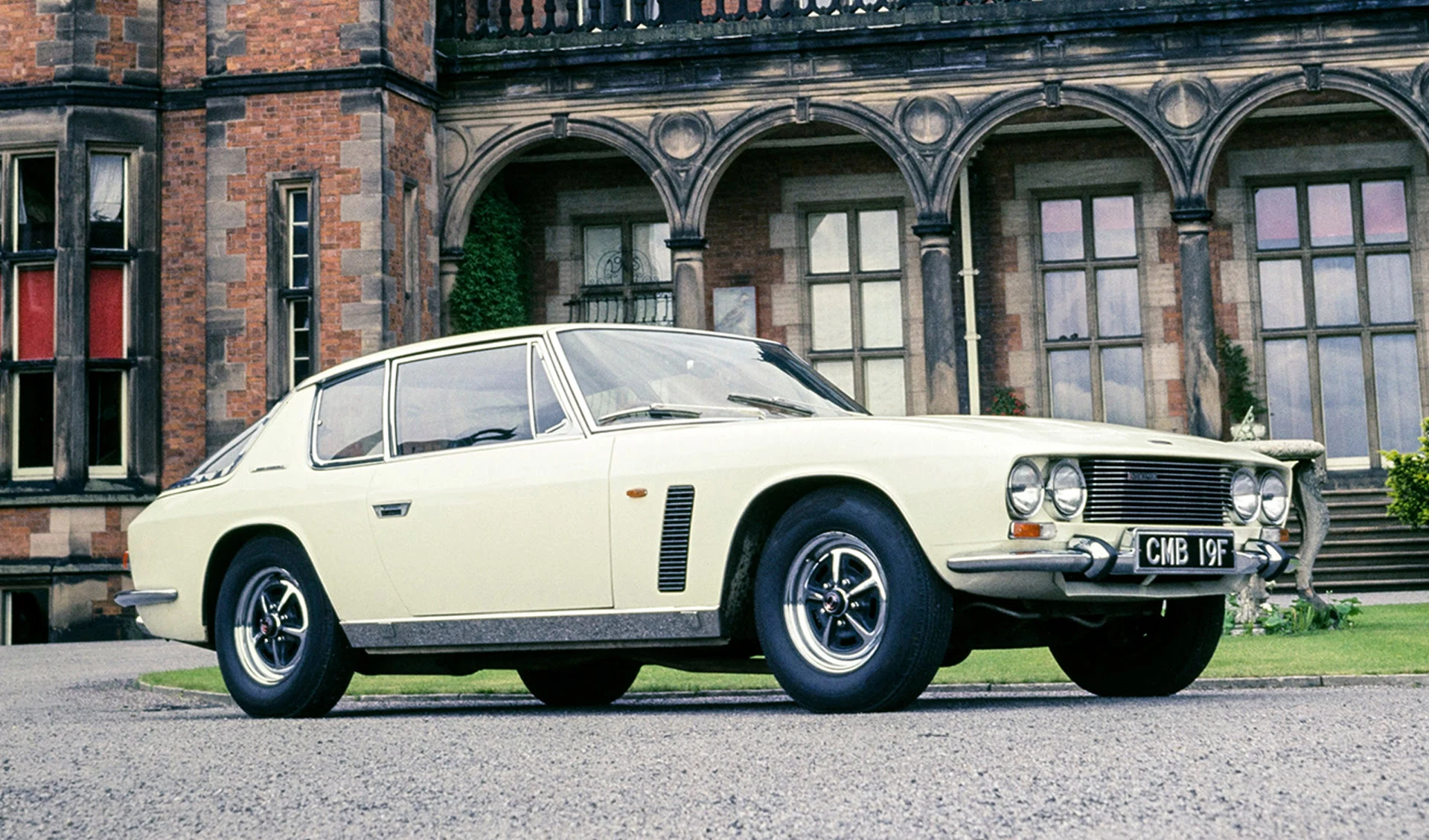The Nostalgia of Forgotten Gods: Jensen, UK, 1931-1976
11 May 2024 3 min read 4 images

Photo credit: Brightwells, Car & Classic, RM Sotheby’s, Wheelsage
Although the history of Jensen Motors Ltd started in England in 1931, it took a few years for the first Jensen-branded car to be released: The S-Type, a convertible equipped with a Ford V8 engine. The outbreak of war, however, necessitated an abrupt change of plans for the newly formed company, which focused on the development of military and amphibious vehicles.
Register to unlock this article
Signing up is free and gives you access to hundreds of articles and additional benefits. See what’s included in your free membership. See what's included in your free membership.
Already have an account? Log In


